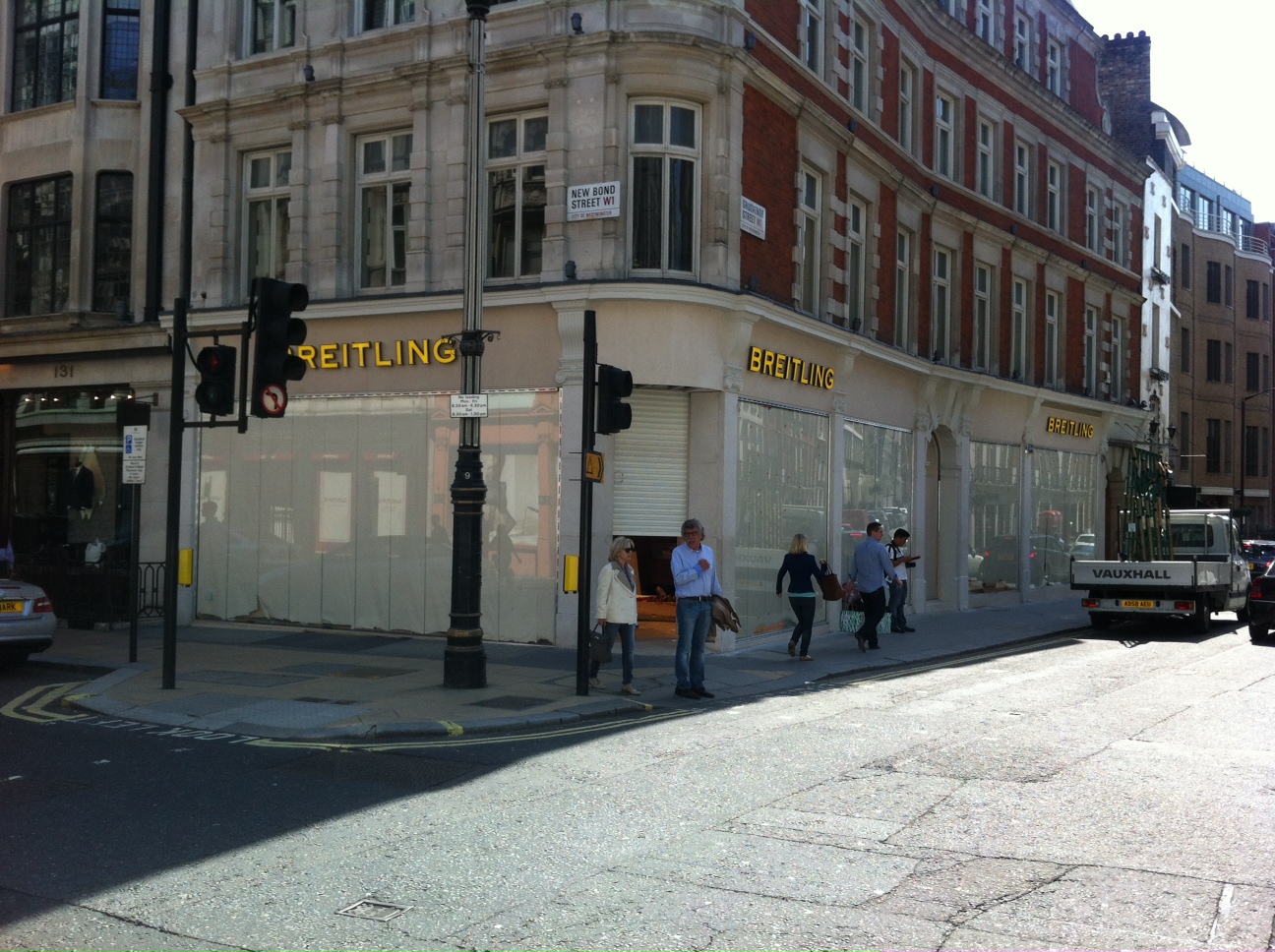@Gucci has over 3.3 million followers on instragram. @fikanewyork a Swedish coffee show chain in that city that I frequent has just under 2,500 followers. I follow them both. Instragram is a social medium phenomenon which luxury brands big and small need to harness and harness well. With over 300 million monthly users and, after a major purge of fake users followers, it is a serious and relevant channel for brands which crave the engagement of their fans and customers.
For a channel which allows the posting of one image (or a mosaic of images displayed as one image) a little text and some hashtags (more about these later) the ability to excite and engage consumers beyond other mediums is outstanding. Instagram outperforms twitter and Facebook to an extraordinary degree and it is a democratic channel. A brands efforts are not limited by budget but only by creativity and authenticity.
Why does Instagram resonate with the user so well and why is it a perfect medium for luxury brands ?
In my opinion it's all about experiences and travel. It is a social channel which requires very little effort by the passive user - just selecting the brands, organisations and people you are interested in following and either ignoring, liking or occasionally commenting on what you see. It is also a pure experience with none of the usual noise (twitter / facebook) or complexity (pinterest) that other social media channels bring.
It's an effortless scroll through a world of experiences. I ( @markaizatt) follow just over 500 brands, locations and people. The things I follow reflect my interests - luxury, travel, food, drink, aviation with some random items thrown in. Serendipity plays a great part in Instagram hence I follow @deluxehomediary (a London based Instagramer who turns the most mundane domestic occasions into a visual feast) so over time you start to follow people who have similar interests and passions.
In many respects it is a passive distraction when you need it most (during boring commutes or first thing as your mind wakens up - I enjoy reviewing where my friends have dined in NYC the previous night) or an active pursuit when travelling. Sharing what you are doing.
And this is where luxury brands can either get it right or fail. A brand Instagram feed is not about constant product shots (boring) but many brands make this mistake and some even run their feed as a fan club for their CEO - nothing will turn off followers more. Instagram is a window to make your brand a relevant part of your target audience lifestyle. So posts have to be dynamic. It can't be all about the brand even when it clearly is. An example of a brand trying to escape product focus and engage more is @IWCwatches. Lots of posts of static watches = BAD. Running a competition to engage follows = GOOD. @Cartier is another good example of bringing a more informal feel whilst still being true to brand values.
Hashtags (in a restrained manner) are a way of tapping into trends and helping others find you through relevant terminology. Particularly important if you are a new brand. Try and own something which is "on-brand" but going to be picked up by your demographic. Don't overreach - some brands do this and the result is an air of desperation. Instagram is also 'of the moment', there is little point in posting after the event - for example 48 hours after the Oscars. You'll also come across powerful consumers who have a large following but are committed to the brand. They'll curate their own purchases and tag your brand. These fans are vitally important and they need to be encouraged and engaged - trust me they enjoy the recognition
Like swimming Instagram is best experienced by jumping into the deep end. If you simply want to consume but especially if you want to establish best practice for your brand.
Luxury brands by their very nature are visual - Instragram needs to be at the heart of your engagement strategy.



